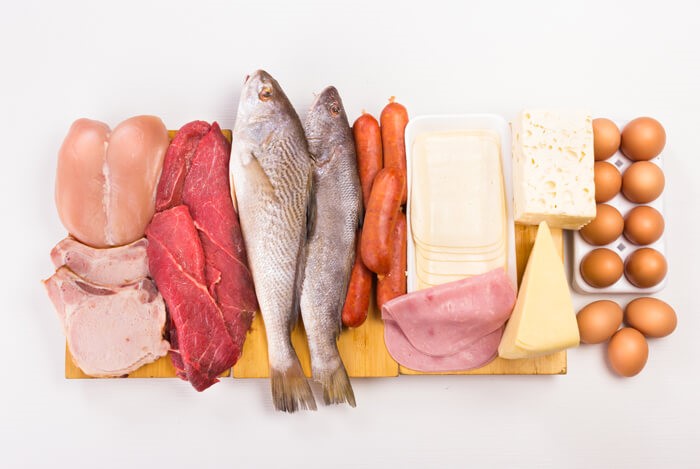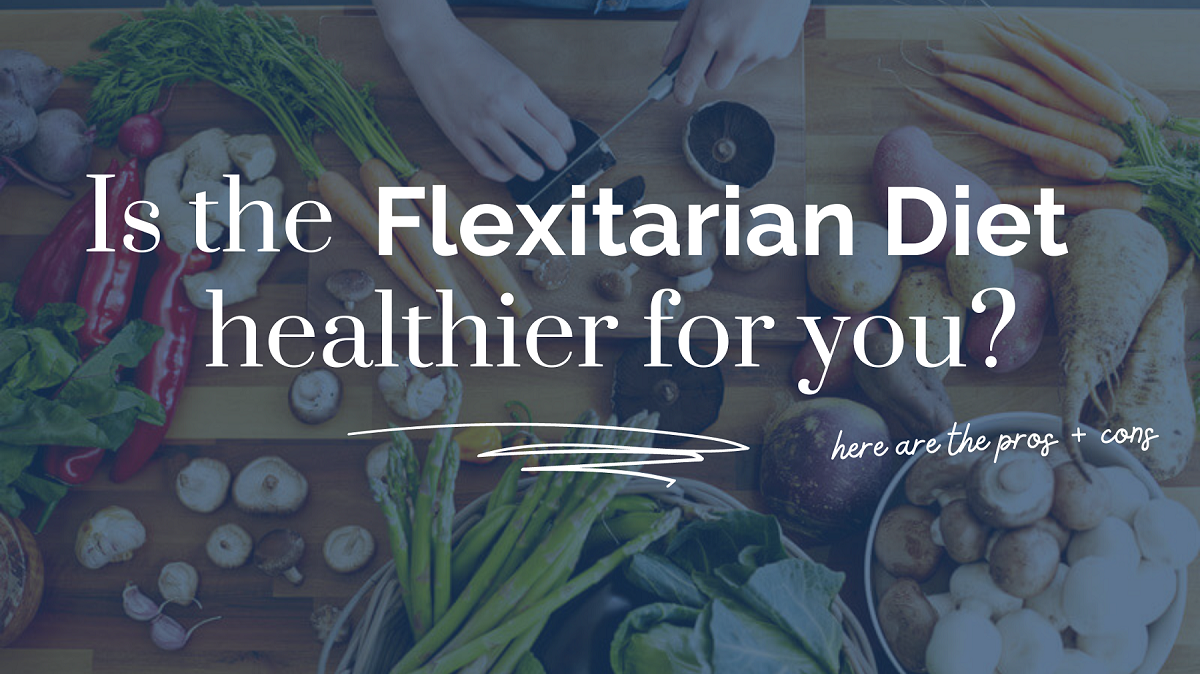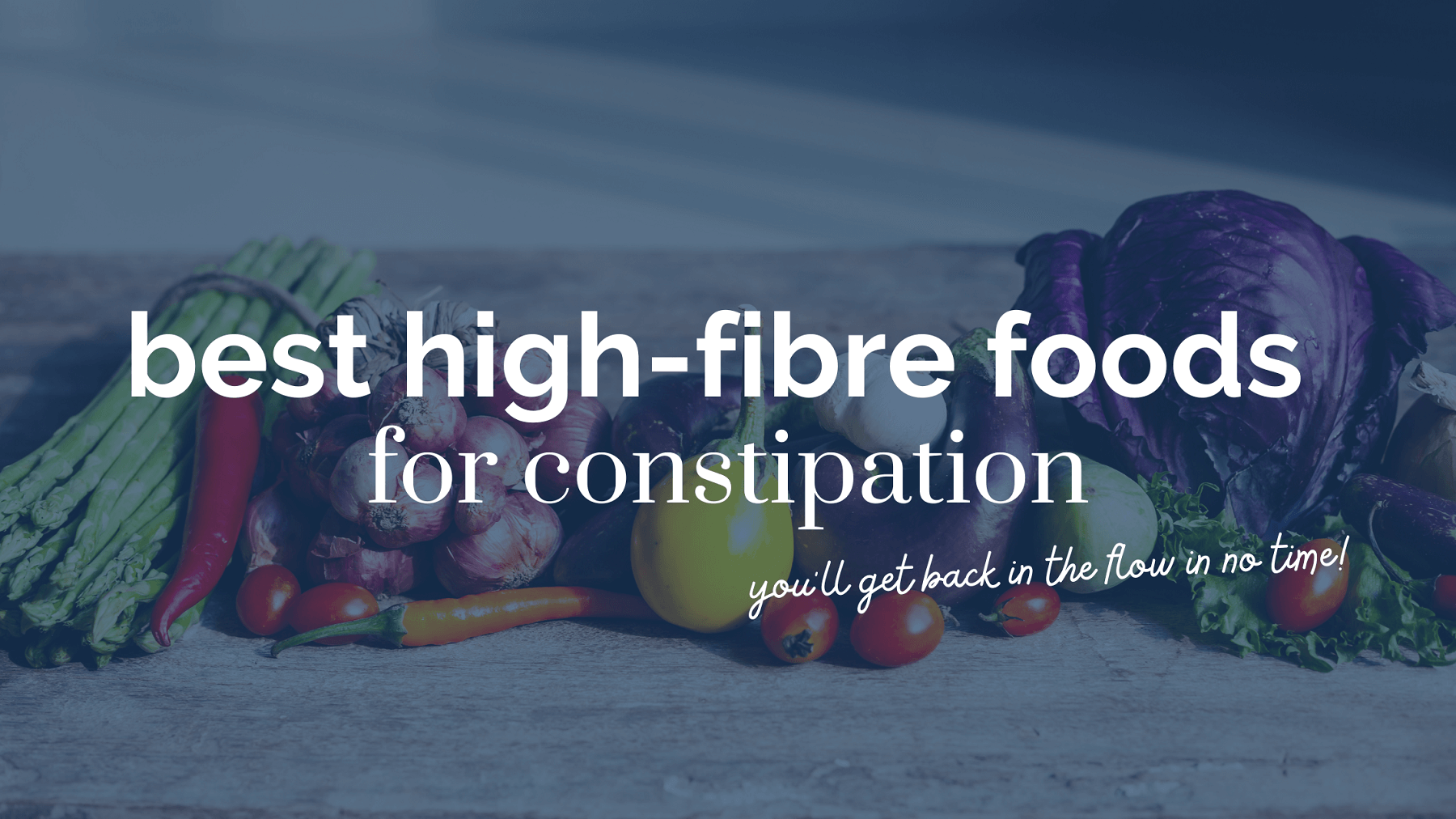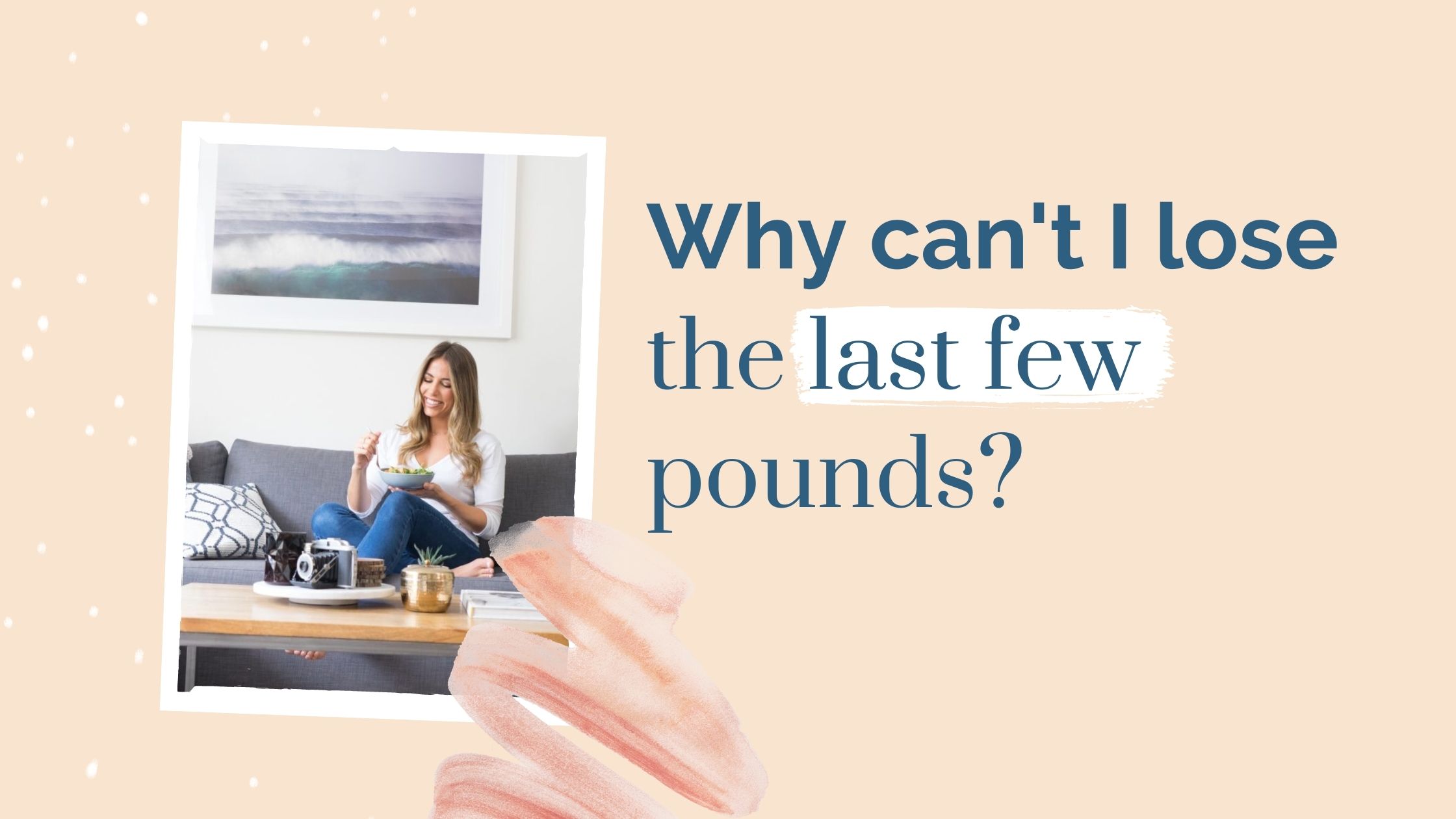The Latest Trend to Hit the Health World – Flexitarian Diet Pros and Cons
Have you heard of the Flexitarian Diet? It’s the latest trend to hit the health world. Here are the flexitarian diet pros and cons.
Whilst I normally dismiss all diets, the flexitarian diet is more lifestyle than diet (so ignore the word diet).
So how does the flexitarian diet stack up, nutritionally? Is it healthier for you? What are the pros and cons of the flexitarian diet? And what should you do before try it…
What is the Flexitarian Diet?
Think of the flexitarian diet as ‘flexible vegetarianism’.
When you’re a flexitarian, MOST of the time you eat a vegetarian diet, but occasionally, you eat meat.
So, if you like the idea of going vegetarian or vegan, then you may want to try a flexitarian diet.
With the massive increase in veganism, these days, many people use the flexitarian diet to refer to ‘flexible veganism’. This means you’re vegan most of the time but every so often, you’ll eat meat, dairy, eggs, honey or other animal products.

CONS of the flexitarian diet
+ May feel deprived
Like all diets, it has the potential to be restrictive. This really depends on WHY you’re eating less meat. And your relationship with food.
+ Potential to fill up on unhealthy foods
Meat (and animal products) tend to be quite satiating as they are high in protein and fat. You may eat more junk and processed options if you’re not consciously trying to eat a balanced diet.
+ Prone to B12 and Iron deficiency
It’s far less likely to happen than if you’re full-time, but if you’re a flexitarian, you still need to be mindful of your B12 and iron levels (both essential for energy), nutrients that are found in meat and fish.
PROS of the flexitarian diet
+ Plenty of flexibility
Most diets fail because they rigid are and can make you feel deprived. With a flexitarian diet, you can go with the flow and don’t need to obsessively plan your meals and outings. I like that it’s very flexible.
+ Socially inclusive
It can be tricky to be the only vegan or vegetarian at the BBQ! If you don’t like the idea of bringing your own special food to a party, then flexitarians can help feel at ease in social situations.
+ Save money
Meat is really expensive. According to research, we eat too much of it. Even though you’ll eat more fresh produce, you’ll save plenty of money by eating less meat.
+ Get more nutrients
What happens when you can’t fill up on meat? You eat more plant foods. This is a good thing. Given that you still get the occasional animal product, overall – it’ll mean you will likely get a more nutrient-dense diet. This may mean you notice healthier, clear skin or better immunity.
+ Live longer and healthier
Research shows vegetarians and vegans live healthier – lower risk of diseases like diabetes, heart disease and live longer lives. You will likely get these benefits too.
+ Good for the environment
Eating less meat is good for the planet. You don’t need as much as you might think.

Will you lose weight on the flexitarian diet?
If you’re wondering whether you’ll lose weight on a flexitarian diet, the answer is quite possibly, yes.
Research shows vegetarians tend to weigh less. That said, I wouldn’t recommend starting a flexitarian diet to lose weight. Instead, do it for other reasons and if you happen to lose weight, then that will be just a bonus.
Nutrition tips before trying a flexitarian diet
+ Fuel up with whole foods
You’ll want to fill up on healthy whole foods like tofu, legumes and beans, nuts and seeds, eggs (if you’re flexi-vegetarian) as they contain protein and will make you feel satiated.
Also, include whole grains quinoa, brown/black rice, freekeh and other whole grains which will help you feel full. Don’t forget healthy fats like extra virgin olive oil and avocado.
+ Make smart meat choices
To help you get your B12 and iron levels, you may want to opt for red meat like lamb and beef or fish and shellfish. When you do eat meat or animal, try to make it nutritionally meaningful.
+ Opt for fortified products
Many breakfast cereals are fortified with B groups vitamins and Iron. Alternatively, you may want to consider taking a supplement.
+ Start slow
You can ease into the flexitarian diet and define your own version of it. If you want to eat less meat, start by eating it only once a day and then transition to eat meat only occasionally, like once or twice a week.
+ Try some new recipes
Meat is often the center of the meal in Western cooking so if you get flexitarian, you’ll need to play around with some recipes. Why not try this Mushroom Shakshuka or Healthy Laksa with Carrot Noodles?
If you want to stock up your pantry, fridge and freezer like a pro, I share my ride-or-die pantry items in this podcast episode: What food will a dietitian always have in their pantry?

Want to eat healthily without dieting?
Check out Back to Basics. There are plenty of options for flexitarians, vegetarians and meat-eaters. It’ll also help take the guesswork out of food so you can be healthy without obsessing.
Oh, and don’t forget to grab my free meal plan! You can download it here. Disclaimer: This meal plan is unique and might surprise you.🙂






